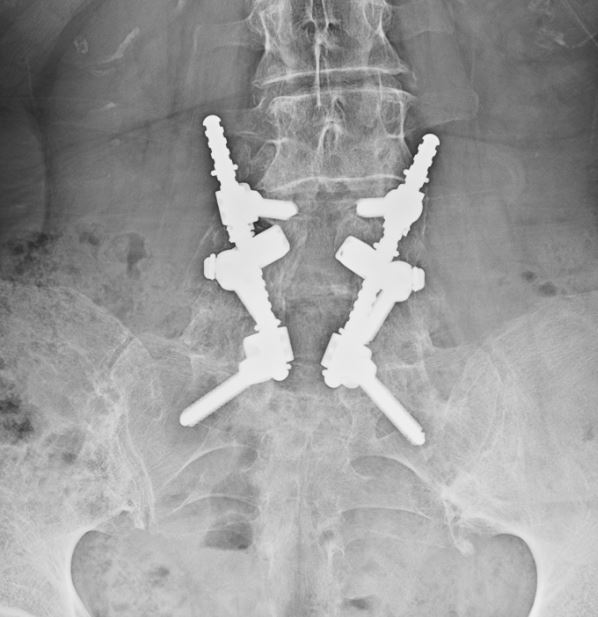Lumbar Fusion Surgery often Results in Adjacent Segment Disease
Lumbar surgery is often recommended for low back pain, leg pain, and lumbar disc herniations that are unresponsive to conservative therapy. One surgery that is commonly performed is lumbar fusion, which often results in adjacent segment disease (ASD). ASD occurs when the discs and facets above and below the fusion are overloaded as a result of the fusion and as a result break down over time, oftentimes requiring additional surgery. Other complications associated with lumbar surgery include the following:
- Nerve injury
- Infection
- Instability
- Alteration of biomechanics
What You Need to Know About Lumbar Fusion
To better understand lumbar fusion and its complications, please watch the video below:
A recent study demonstrated that 360-degree spinal fusions are associated with ASD requiring surgical revision.
Fusion surgery for spinal stenosis has been found to be no more effective for pain and function than physical therapy.
Another study demonstrated that lumbar fusion was no better than physical therapy.
One Patient’s Unfortunate Lumbar Surgery Story
Meet ME who had two lumbar surgeries thirty years ago and is still suffering.
ME is a 71-year-old patient who recently presented to the Centeno-Schultz Clinic with a long-standing history of right leg pain. Her story is telling. Thirty years ago, ME followed her physician’s recommendations and underwent a three-level laminectomy to relieve her right leg pain. A laminectomy is the removal of a portion of the lamina, a small bone in the posterior aspect of the vertebral body.
Unfortunately, the three-level laminectomy made her pain worse. Open lumbar surgeries, such as a laminectomy, cut through critical structures, including the thoracolumbar fascia and the supra and interspinous ligaments, which provide essential structural stability to the spine.
The three-level laminectomy created the spinal instability, which actually made her pain worse. The surgeon then recommended another surgery: a two-level lumbar fusion. A fusion is s surgical procedure where two or more vertebral bodies are welded together utilizing nuts and bolts.
Fixation of the lumbar spine and partial removal of the discs created scar tissue, irritation, and dysfunction of the exiting L4 and L5 nerve roots.This, in turn, resulted in abnormal tracking of the patella. Over time, this resulted in the complete loss of knee cartilage, which necessitated bilateral knee replacements.
Thirty years later after the three-level lumbar laminectomy, two-level lumbar fusion, and bilateral knee replacement, ME continued to suffer from right leg pain.
Her X-ray displayed below shows the surgical hardware used to perform the fusion. It also demonstrates instability as the L2 and L3 vertebrae are forward of the L4, which is outlined in red. This, in turn, resulted in narrowing of the central and neutral doorway through which the nerves exit. This narrowing is called stenosis and is most likely responsible for ME’s ongoing leg pain.
Is There an Alternative to Lumbar Surgery for Low Back Pain and Leg Pain?
YES!
Kathryn’s journey to hip pain relief with PRP treatment.
Regenexx Pl-Disc procedure utilizes a patient’s own blood platelets and growth factors to help heal damaged discs. Learn from ME that lumbar surgery is associated with significant and unnecessary complications, which can avoided by utilizing your own body’s platelets and stem cells. If you have been told that you need a lumbar fusion or your low back or leg pain is eroding your quality of life, please schedule a new-patient evaluation at the Centeno-Schultz Clinic. Click here to view our live outcomes tool and review our clinical results by body area.

